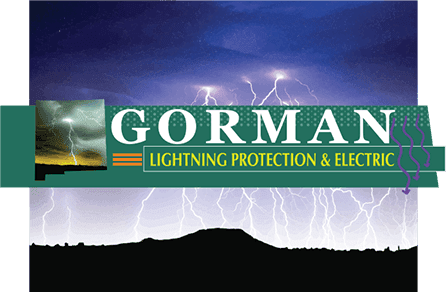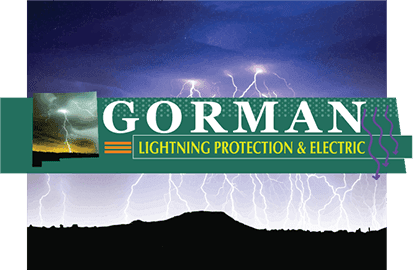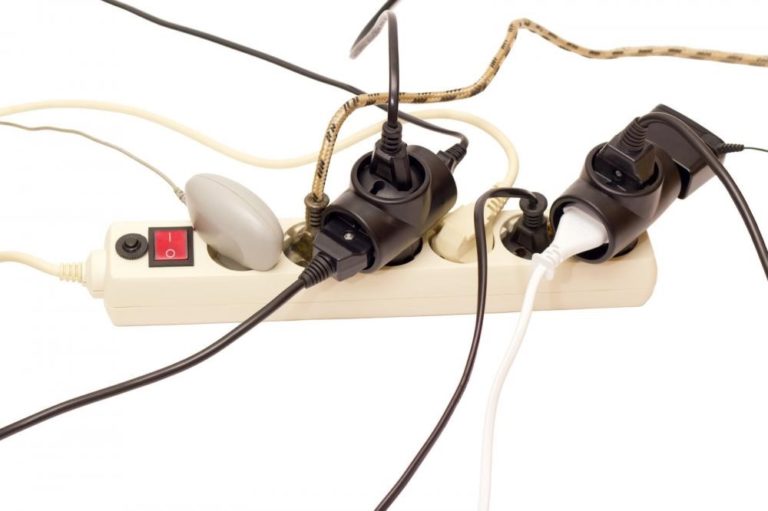Before you stick your hand in an open electrical socket to re-wire it, you might want to read the National Electrical Code (NEC), also called as NFPA 70. Published in 1897, the rules and regulations listed in the book are updated after every 3 years. The introductory nine chapters in the book cover topics such as protection and safety while performing electrical repairs, wiring methods, equipment used, and materials.
The problem is – you are not allowed to perform most of the major electrical repairs. Failure to comply with these rules can result in fines or citations. We understand that calling an electrician for a small repair such as replacing the electrical socket’s cover can be expensive, which is why we are here to tell you about permitted DIY electrical work. Although, we still advise that you read the NEC and online blogs, to stalk up on knowledge and necessary skills.
Before Getting Started
- Make sure the main power is turned off from the panel
- Do not work near terminals or conductors that could become live
- Make sure that you are not violating any NEC codes
- Take off any rings or bracelets you are wearing including other items such as wristwatches and mobiles
- Wear thick rubber gloves at all times (rubber acts as an insulator and prevents electricity from passing through)
Permitted DIY Electrical Work
You can only perform electrical repairs inside your house and on the appliances you own. Following are some of the fittings that you can remove and replace:
- Socket outlets
- Switches
- Light fitting
- Cord grip lamp holders
- Thermostats
- Water heater switches
- Fuse links
- Relocating existing switches and lighting outlets that are powered by plastic-sheathed cables
In the end, if you feel that some of the connections were not done properly, then do call a licensed electrician, so that he can check your handy work.
Following are the electrical repairs that you can perform:
- Replacing Switches: lamp holders, socket outlets, ceiling roses, thermostats, and water heater switches
- Replacing fuse wires
The NEC is not a step-by-step guide on how to do electrical repairs. The guide is for professional electricians, for reference, so that they can perform repairs following the safety protocol. Do read it to find out what repairs you are permitted to perform. You can always print out the list above and review it to make sure that you are doing the right repair.
If you have any questions, we are here for you! Remember safety first!


